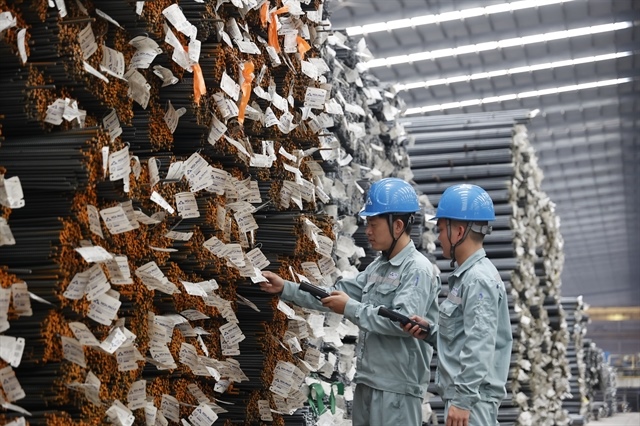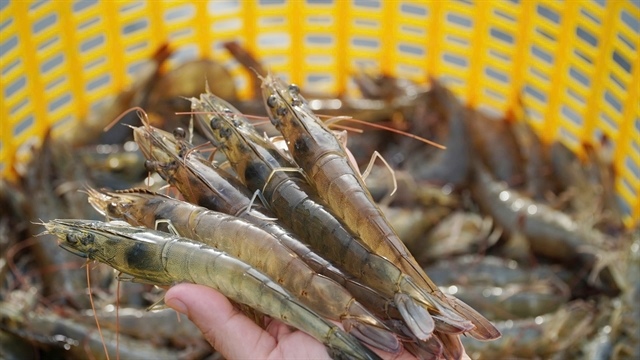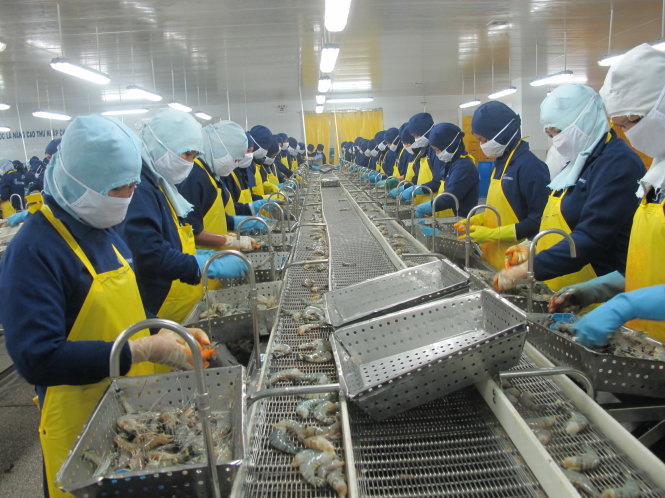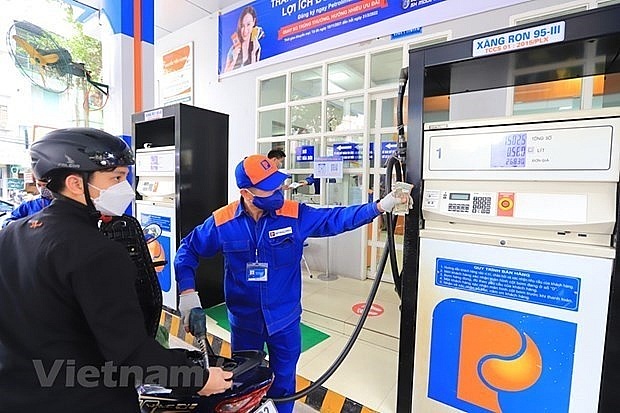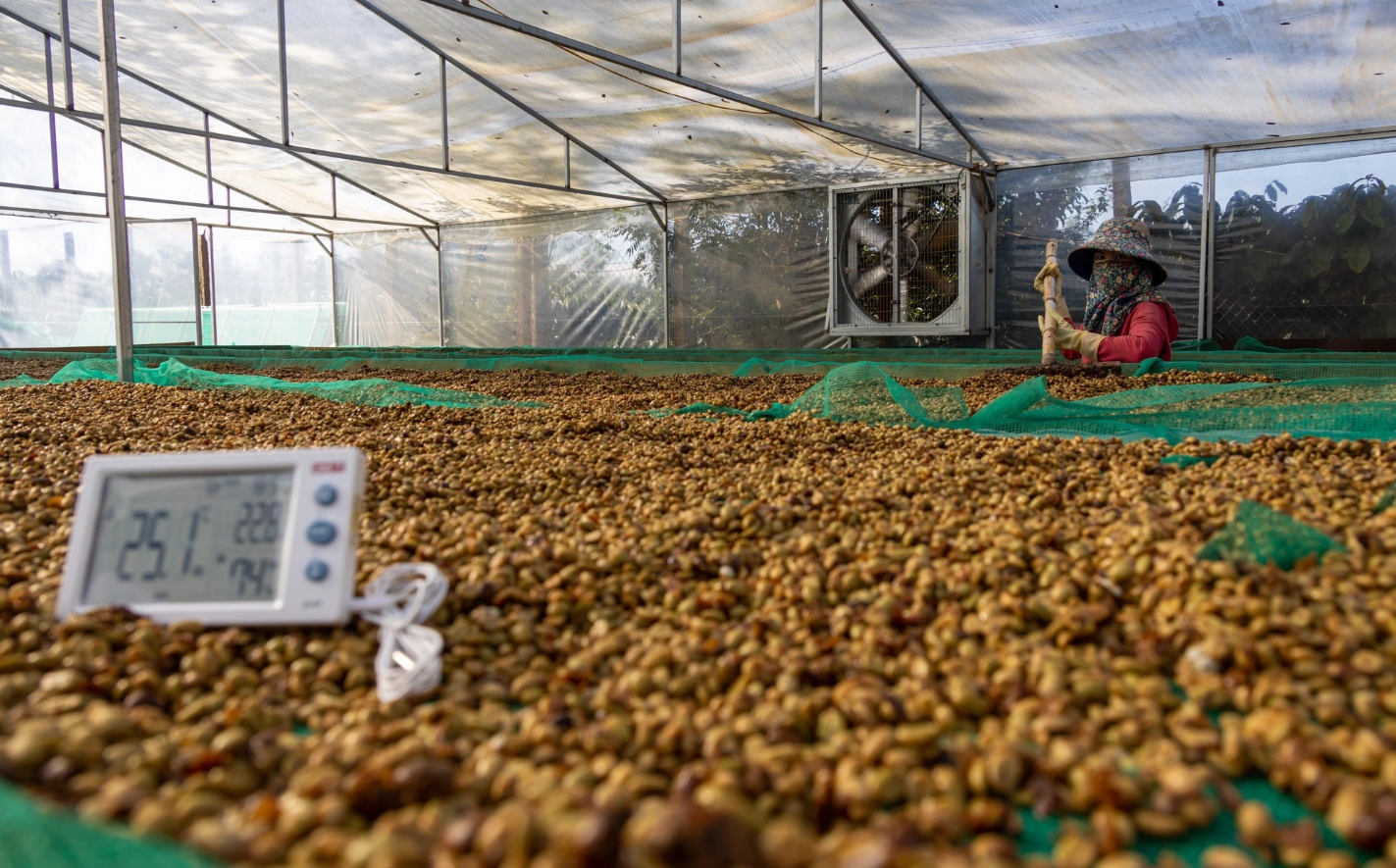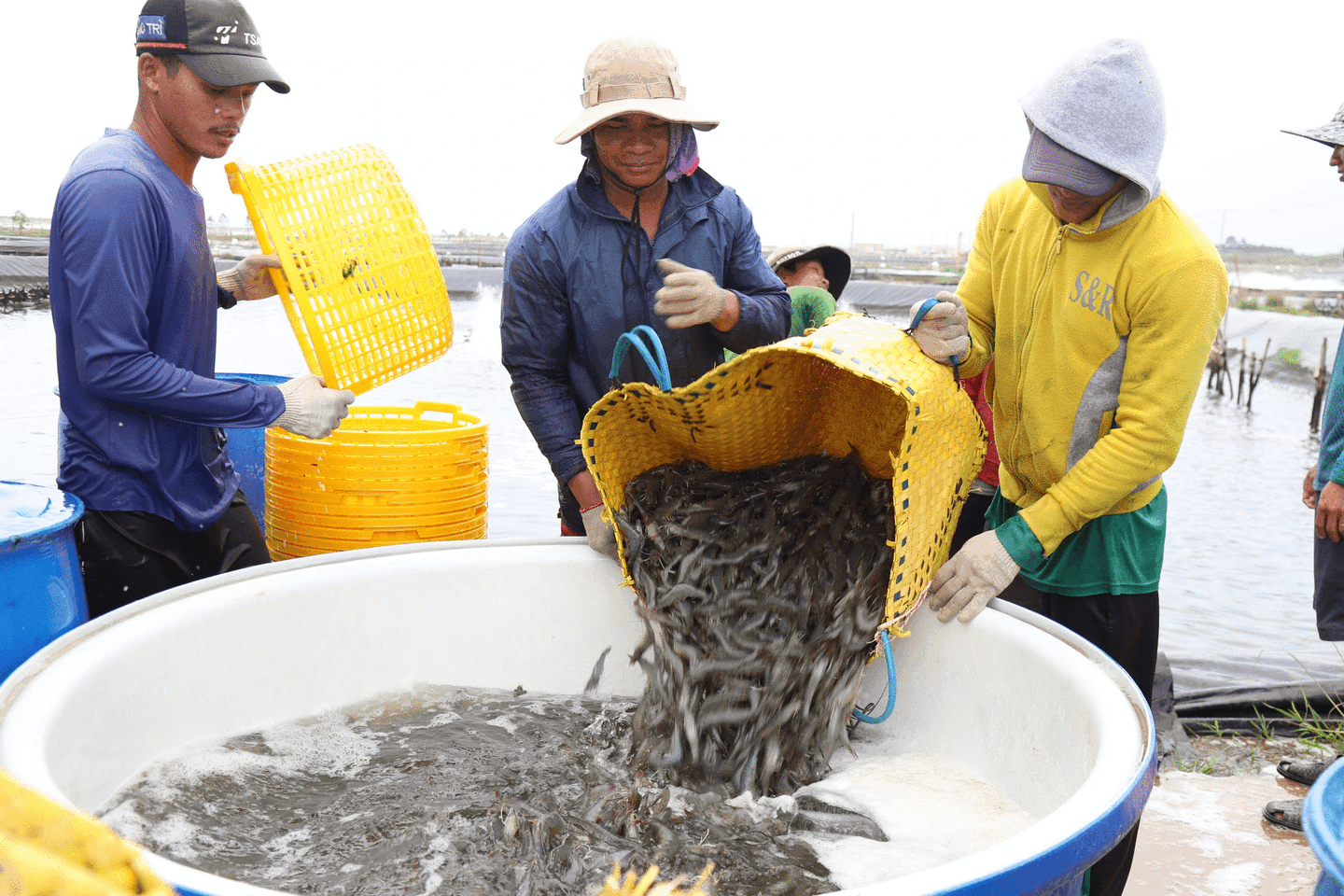El Niño boosts Vietnamese rice exports
El Niño boosts Vietnamese rice exports
El Niño has resulted in increasing rice imports from Vietnam, enabling the country to reap US$2.32 billion in the first half.
Vietnamese rice exports were boosted by purchases from Asian and Middle Eastern partners in the first half of the year, as many were forced to replenish their rice stocks due to the onset of El Niño.
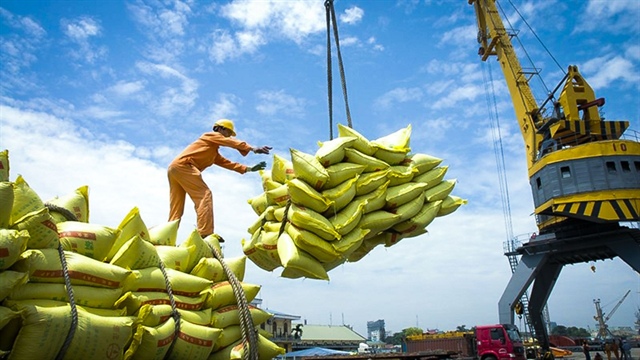
Vietnam's rice exports have seen a surge in the past years. Photo: Dung Minh/The Hanoi Times |
The latest report from the Ministry of Agriculture and Rural Development (MARD) showed that rice exports in the first half of the year reached 4.2 million tons, generating a turnover of US$2.32 billion.
The average export price of rice during the period was $517 per ton, one of the highest in the world, and 5.8% higher than last year's (US$489 per ton).
The Philippines emerged as Vietnam's largest rice consumption market, purchasing 42.4% of Vietnam's rice exports, or 1.5 million tons, worth over $772 million.
China followed with a volume of $364 million, marking a significant growth of 72.9% year-on-year.
Meanwhile, Indonesia has risen from the 8th position to become one of the top three rice importers from Vietnam. The Southeast Asian country purchased over $181 million worth of rice from Vietnam in the first five months of the year, rocketing 14 times compared to the same period last year.
Chile and Turkey, which previously purchased limited quantities of Vietnamese rice, increased their imports significantly by 28 and 132 times, respectively, compared to the same period last year.
MARD attributed the increased imports from these countries to the occurrence of El Niño, which has forced many nations to bolster their rice reserves by increasing their purchases.
The Department of Agriculture in the Philippines has issued a forecast that El Niño will likely return, posing a significant risk to the country's domestic food production.
Similarly, the Indonesian Government has predicted that El Niño could lead to drought in the country from May to July, potentially resulting in a significant reduction in farmland and agricultural production during the July-August harvest.
Despite rising rice prices, Indonesia is expected to import two million tons of rice this year.
Chile and Turkey have been experiencing drought conditions for several years, posing an ongoing threat to their crops.
Research firm Fitch Solutions has forecast that the global rice market will experience its worst shortage in 20 years in 2023. A shortfall of about 8.7 million tons is expected for the 2022-2023 crop year, the highest since 2003-2004, when it reached 18.6 million tons.
Vietnamese rice is currently exported to 156 countries and territories, and the market structure is becoming increasingly diversified, allowing access to various high-end rice markets.
According to the Vietnam Food Association, the export price of Vietnamese rice is equal to or higher than that of Thailand and India. On June 23, the price of Vietnam's 5% broken rice was $503 per ton, up $5 from 10 days earlier. This price equals that of Thailand's 5% broken rice and about $15 more per ton than India's rice of the same type.


